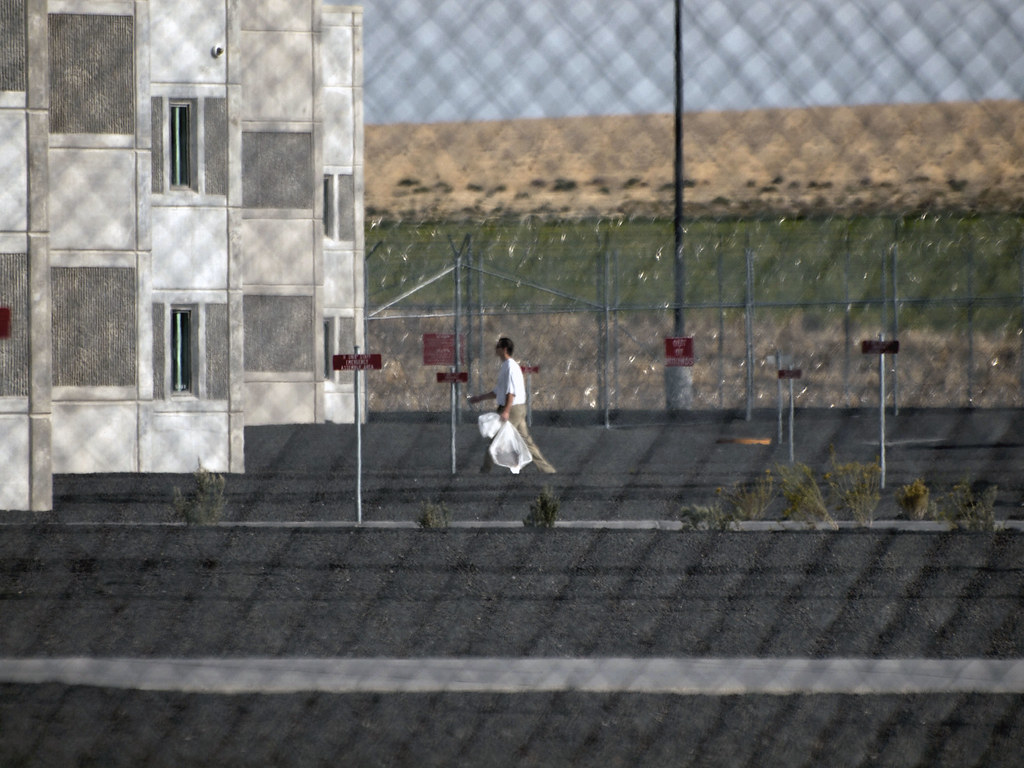It starts with a knock. Or a van. Or no warning at all.
A man born in Chicago was walking home from a job interview when ICE agents surrounded him. His name is Julio Noriega. He showed them his Social Security card, his Illinois state ID. They took him anyway. At Krome Detention Center in Miami, overcrowding forced detainees to sleep on floors soaked in sewage. Three men died there this year alone. Women held in the detention center described it as hell on earth. Her lawyer wasn’t allowed inside. They call it enforcement. I call it erasure.
Since Trump returned to power, ICE has shifted from bureaucracy to blunt force. It isn’t policy—it’s purge. It’s profit. It’s political theater with human collateral.
What’s Really Happening at ICE Detention Centers?
Start in Miami. The Krome ICE center was built to hold 600 people. Right now, it holds more than 1,700. Reports describe poor sanitation, little medical care, and at least three recent deaths. Families are suing. DHS oversight offices that once monitored abuse have been shut down. One detained father told attorneys he hadn’t seen his children in seven months. One woman with lupus said she went weeks without medication. Inside, people sleep in shifts on concrete. The guards call it compliance. Survivors call it hell.
“We were treated like animals,” immigrant women told USA Today. Held for hours on prison buses without food, water, or access to a toilet. Chained and afraid. Told by guards to urinate on the floor if they had to go. Some thought they wouldn’t make it out alive.
Across Louisiana and Arizona, women—some pregnant—describe overcrowded immigrant detention centers with broken water systems, spoiled food, and staff who withhold medical attention or delay it long enough to cause permanent harm. Credible fear interviews are being shortened, postponed, or skipped altogether. Access to lawyers is dwindling.
From Courthouses to Holding Vans: How the Crackdown Moves
In the first 100 days of Trump’s ICE raids 2025, arrest rates surged, especially among individuals with no prior criminal record. Over 100,000 people were detained. More than 807 percent of these arrests involved non-criminal immigration violations. That’s not a footnote—that’s the headline.
ICE vans now wait outside courthouses and schools. In some cities, they show up unannounced at shelters and churches. There is no pattern—only fear.
Surveillance contracts have been awarded to private tech firms, expanding ICE’s reach into migrants’ digital footprints. Facial recognition, license plate scans, and geolocation data are all on the table. There’s no direct evidence of military suppression at protests, but immigrant-led demonstrations in Los Angeles and New York have been heavily policed. Several protestors were charged under public disturbance laws from the 1950s.
Guantánamo Bay has not officially been repurposed for immigration detention, though leaked proposals suggest the idea was floated in internal discussions. For now, it remains symbolic. A threat more than a fact.
Behind this machinery is Stephen Miller. His fingerprints are on every executive order, policy memo, and public-facing press release. While there is no documented move to suspend habeas corpus, advocates warn that the erosion of legal access is already underway.

Who Is Profiting?
Roughly 90 percent of ICE detainees are held in privately operated facilities. That figure has held steady but is now being supercharged. Since late 2024, ICE has added over 30 percent more detention sites—most through contracts with GEO Group and CoreCivic. These contracts include occupancy minimums and performance bonuses.
Internal memos obtained through FOIA show ICE was instructed to keep detention centers above 85 percent full to meet financial benchmarks. That’s not justice. That’s inventory.
Resistance and Reality
More than 200,000 U.S. deportations in 2025. That’s just the first six months. Most of them non-violent. Many of them legal residents caught in paperwork backlogs or procedural errors.
Then came the Venezuelan TPS rollback. In May, the Supreme Court allowed the Trump administration to strip Temporary Protected Status from more than 350,000 Venezuelans. For many families, that decision meant instant vulnerability—no protection, no warning, and no time to prepare.
Protests are building in cities across the country. Immigrant-led resistance is loud, organized, and grounded in law. But ICE is responding with increased detentions, surveillance, and pressure on legal advocates. We are watching humanitarian protections vanish, one ruling at a time.
Some members of Congress—both Democratic and Republican—are speaking out. Senator Ileana Garcia warned this is not policy, it’s cruelty. Others are silent, afraid of the political fallout.
Why This Matters Now
This is not 2016. This is deeper. Smoother. Less visible. But the damage is real. And the pattern is clear.
The immigration system under Trump is being militarized without needing tanks. It’s happening through paperwork. Through ghost contracts. Through legal erosion and visibility collapse.
ICE is not protecting the country. It is targeting it. Every arrest without reason. Every child detained. Every mother silenced. This isn’t about the law. It’s about power.
And power unchecked, even in a democracy, becomes violence.





